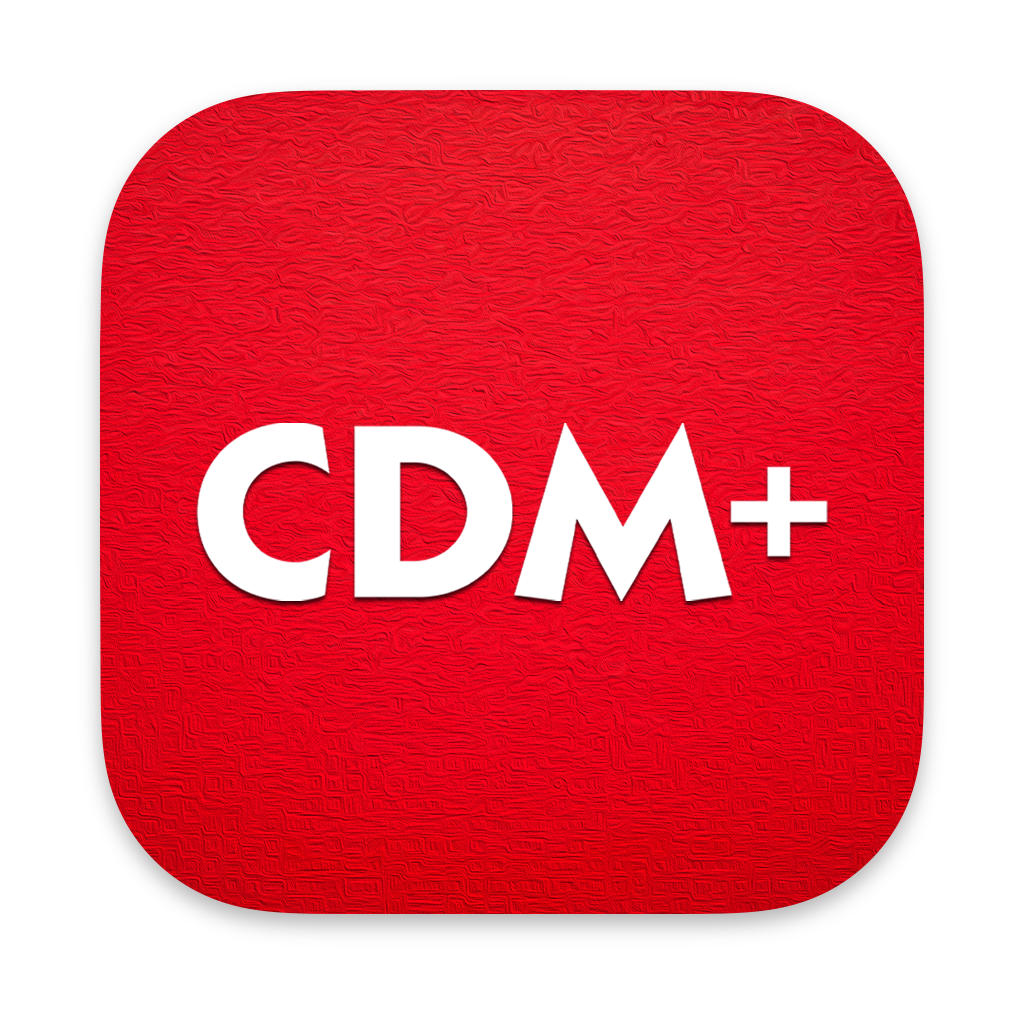Year End Tasks for Accounting
Enter Budget Information for the New Year
As the budget for the year is being prepared, enter the budget information into CDM+.
Accrue Invoices As Expenses for the Previous Year
Charges for goods purchased or services provided in a given year are considered expenses in that year, even if the bill has not been paid before January 1. Accruing unpaid invoices for the year posts the expenses to the ledger as accounts payable which can be paid in the new year.
Review Vendor and Payment Information for 1099 Forms
Make sure the 1099 information--1099 form, 1099 recipient ID, and 1099 setup--is correct for Vendor Records.
Reconcile December Statements
Once you have received end of December statements for your bank accounts, reconcile the accounts and file the reconciliations.
Process Credit Card Transactions for December
Once you have received statements that cover the end of December, enter invoices for charges with the transaction date, and mark them paid by credit card.
Create Journal Entries from Recurring
Create any journal entries from recurring entries for December.
Close December
After bank and credit card statements that include the end of December have been processed and recurring journal entries have been created, close the month.
Print Year-End Financial Statements
From the Ledger Reports, print the financial statements. Print the balance sheet (statement of financial position) as of December 31. Print the income and expenditures (statement of activities) for January 1 through December 31. Print the fund activity report (Statement of Fund Activity) for all accounts for January 1 through December 31.
Close the Year
If your fiscal year corresponds to the calendar year, close the year. This will prevent changes to accounting data for the year that has been reflected in year-end financial statements and will calculate new beginning balances for the year.
Prepare 1099s for Vendors
E-file or print and distribute 1099s to appropriate Vendors.
